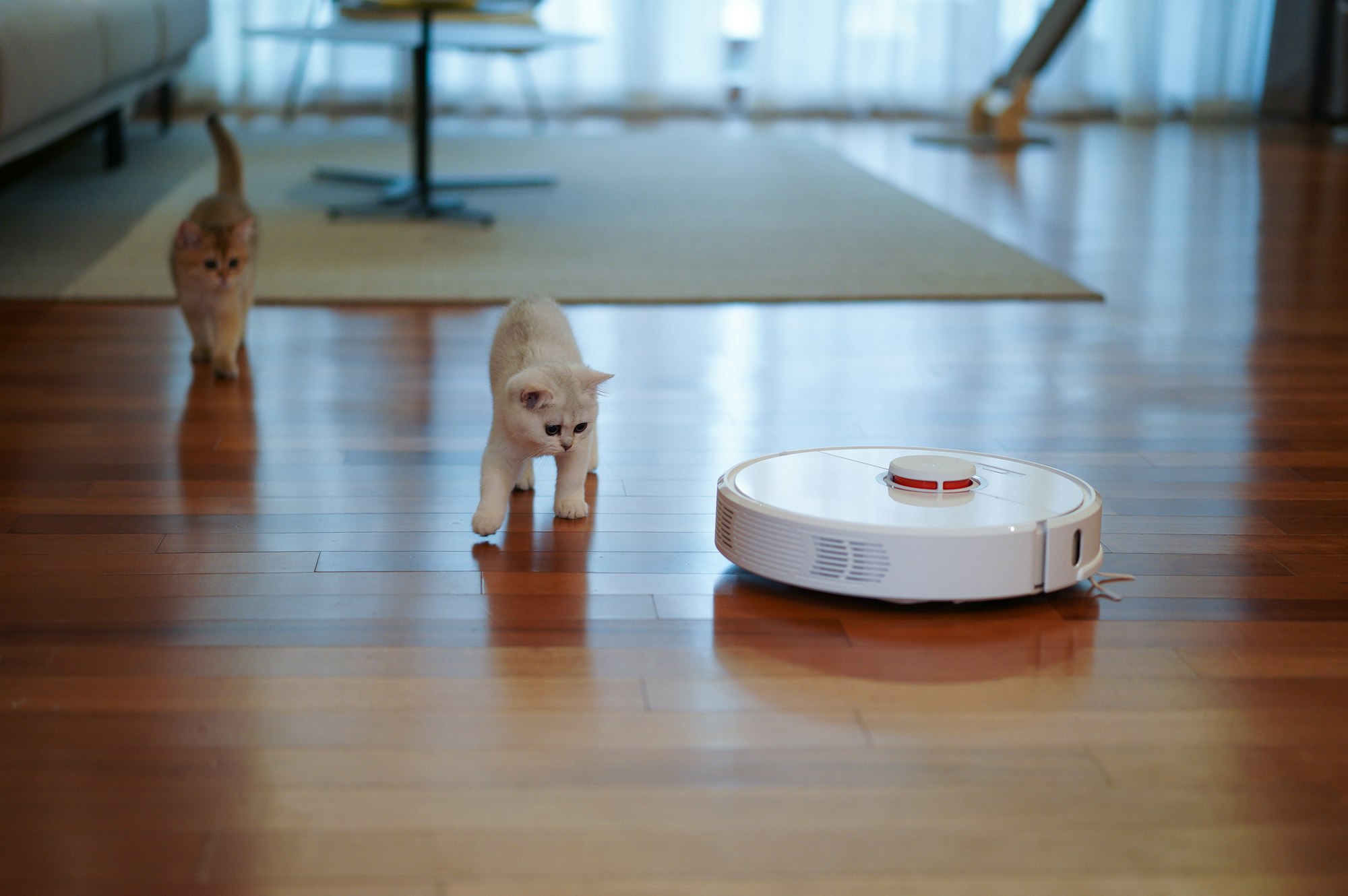How to keep your server clean of clutter with Docker Vacuum
Do you need a smart tool to clean up Docker images after a new deployment? Maybe DOCKER SYSTEM PRUNE is not always enough? Read on!

Docker Vacuum is a small DevOps utility that runs on your production server as a container and keeps disk usage under control.
Docker Vacuum prunes the system every now and then (10 minutes by default) and applies your custom rules so to remove unused images with a date-based retention policy.
Indeed, you are right, there isdocker system prune --volumes --force [--all]!
So, why yet another tool?
I’m glad you asked 😎.
CRON-based pruning wasn’t quite enough for me because I want to keep the last N images on my server so I can quickly revert in case s**t hits the fan.
Plus, I don’t want to risk deleting resources that are needed by paused containers.
Try it Out!
On your local machine:
docker run -v /var/run/docker.sock:/var/run/docker.sock marcopeg/docker-vacuumOr run it as a background service in your production server:
docker run -d \
-e VACUUM_RULES="[{\"match\":\"(.*)\",\"retain\":2}]" \
-e VACUUM_INTERVAL=600000 \
-v /var/run/docker.sock:/var/run/docker.sock \
marcopeg/docker-vacuum:👉 The two environment variables are optional, and the example above implements their default values.
BUT THE VOLUME CONFIGURATION IS CRITICAL:
Docker Vacuum needs to run some Docker commands on your behalf on the host machine. Without direct access to the Docker socket, it won’t work.
Configuration:
The setting VACUUM_INTERVAL defines how often the cleanup activity will take place. By default, it will run every 10 minutes.
The VACUUM_RULES is a JSON stringified object that contains patterns and retention rules:
[
{
match: 'marcopeg/(.*),
retain: 2
},
{
match: 'hello-world',
retain: 0
}
]This set of rules mean:
- keep the 2 most recent versions for any images whose name starts with “marcopeg/”
- delete any image whose name is “hello-world”
Docker Vacuum also honors the classic LOG_LEVEL setting with values as: error, info, verbose, debug. Most people would run their tests with verbose.
Who Needs Docker Vacuum?
CapRover:
I’m using CapRover to manage some small servers, and I love it.
Although it does a wonderful job in running apps and basic deployment automation, it lacks the ability to clean up after itself.
So if you deploy a lot on CapRover, be perpared to see your disk usage grow fast.
I run Docker Vacuum as a CapRover app and that enables fine-grained control of how to clean up my system and still be able to quickly revert a deployment.
Docker-Compose:
In other instances I use docker-compose to run my projects.
In that scenario, I have a git repository set up and my deployment script looks like this:
git pull
docker-compose build
docker-compose up -dWhich is enough to create fresh images out of new code and rotate the containers. The problem here is that building and building will generate a lot of dangling and outdated images. Again, disk space might be a problem.
If you had just one project on your server you could safely run:
docker system prune --all --volumes --forceAnd Docker will magically remove any resource that is not linked with any running containers. Simple and cool.
But if you do run multiple projects and you are not sure they are all running at a given point in time, the above command may end up deleting critical stuff. Not so cool.
Docker Vacuum helps because it prunes the system from dangling resources and also deletes images based on your custom rules.
Feedback is Appreciated
Thank you for reading this far! I appreciate it.
A good way to show you liked it is to give me a thumb up, a clap, or a comment.
I’m not a social media freak, but I still feel better when I see a warm human reaction to what I share :-)